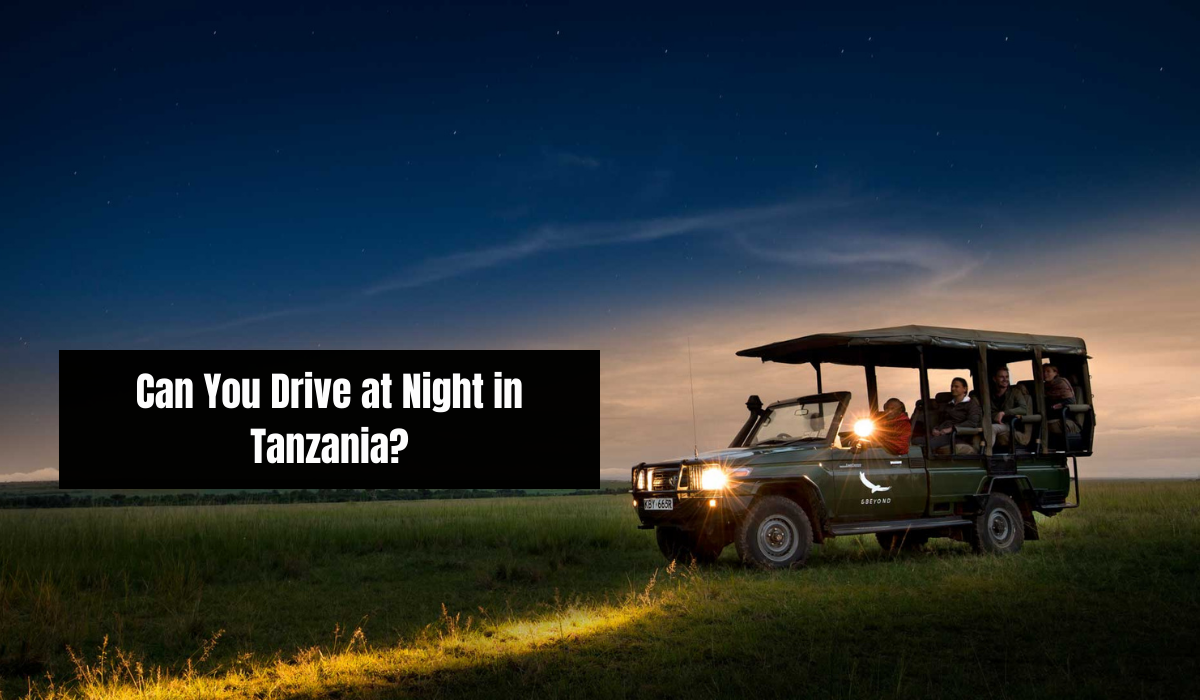What are the Rules for Driving in Tanzania?. Driving in Tanzania requires an understanding of several key rules and regulations to ensure safety and compliance on the roads. Whether you’re a local resident or a visitor, knowing these guidelines is essential for a smooth driving experience in the country.
Left-Hand Driving System
One of the most important rules to note is that Tanzania follows a left-hand driving system. This means that vehicles drive on the left side of the road. As a driver, you must keep to the left and overtake vehicles on the right. This is crucial for maintaining order and preventing accidents, especially for those who are accustomed to right-hand driving systems in other countries.
Rules for Driving in Tanzania
Seat Belts and Child Restraints
Wearing seat belts is mandatory for all passengers in a vehicle. Both the driver and all passengers must buckle up to ensure their safety. This rule is strictly enforced to reduce the risk of injury in case of an accident. Additionally, child restraints are required for young children. These restraints must be appropriate for the child’s size and weight, providing extra protection for the youngest passengers.
Speed Limits and Road Signs
Adhering to speed limits is another critical aspect of driving in Tanzania. Speed limits vary depending on the type of road and location. In urban areas, the speed limit is generally lower to accommodate the higher density of pedestrians and traffic. On highways and rural roads, the speed limits are higher but must still be respected to ensure safety. Pay close attention to road signs that indicate speed limits and other important information, such as road conditions and potential hazards.
Alcohol Consumption
Driving under the influence of alcohol is illegal in Tanzania. The country has strict laws regarding blood alcohol concentration (BAC) levels, and drivers found exceeding the legal limit face severe penalties, including fines and imprisonment. It is always best to avoid consuming alcohol if you plan to drive.
Vehicle Condition and Documentation
Before driving, ensure that your vehicle is in good condition. Regular maintenance checks for brakes, tires, lights, and other essential parts are necessary to prevent breakdowns and accidents. Additionally, carrying the required documentation is mandatory. This includes a valid driver’s license, vehicle registration, and proof of insurance. For visitors, an international driving permit (IDP) may be required in addition to your home country’s driver’s license.
Road Conditions and Etiquette
Tanzania’s road conditions can vary widely. In urban areas, roads are generally paved and well-maintained, but rural areas might have gravel or dirt roads. Be prepared for occasional potholes and uneven surfaces. Practicing good road etiquette is also important. Be patient, use indicators when turning or changing lanes, and give way to pedestrians at crosswalks.
.Mobile Phones
The use of mobile phones while driving is illegal in Tanzania unless a hands-free system is used. Drivers should refrain from using their phones while driving to avoid distractions and ensure their full attention is on the road.
Emergency Services
In case of an emergency, knowing the contact information for local emergency services is crucial. The national emergency number in Tanzania is 112, which can be dialed for police, fire, or medical emergencies. It’s advisable to keep this number handy and ensure your mobile phone is charged when traveling.
Conclusion
Understanding and adhering to the rules for driving in Tanzania is vital for ensuring your safety and the safety of others on the road. By following the left-hand driving system, wearing seat belts, adhering to speed limits, avoiding alcohol consumption, maintaining your vehicle, and practicing good road etiquette, you can enjoy a safe driving experience in Tanzania. Always stay informed about local laws and regulations, and drive responsibly.
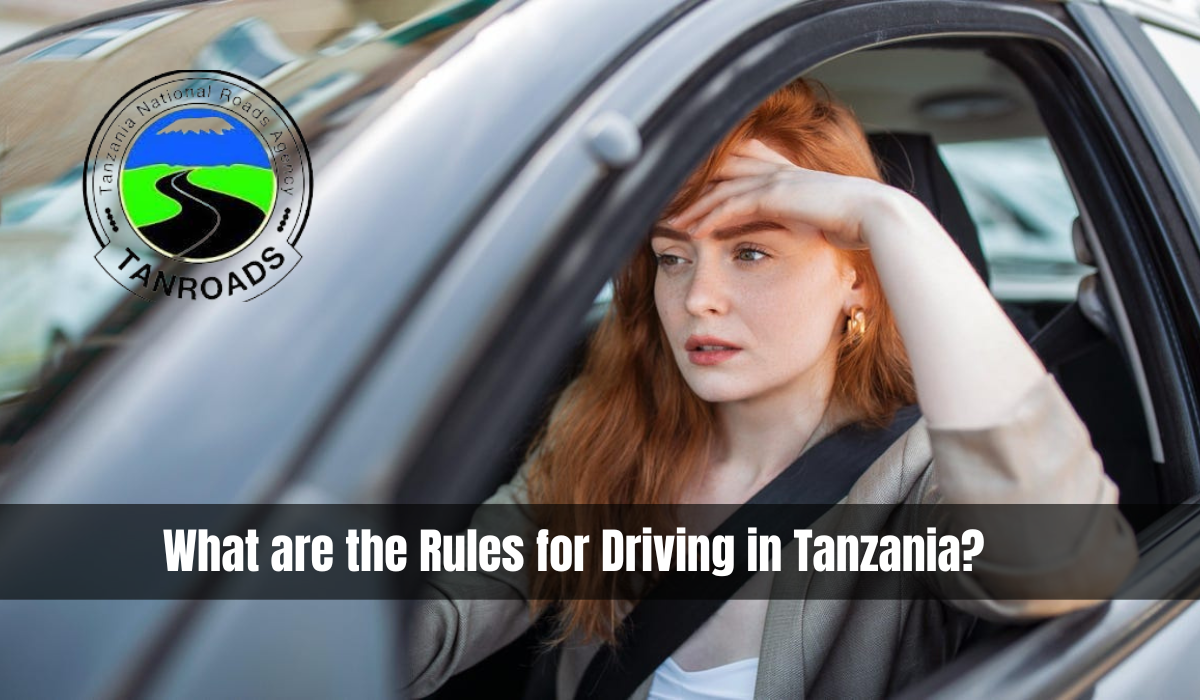
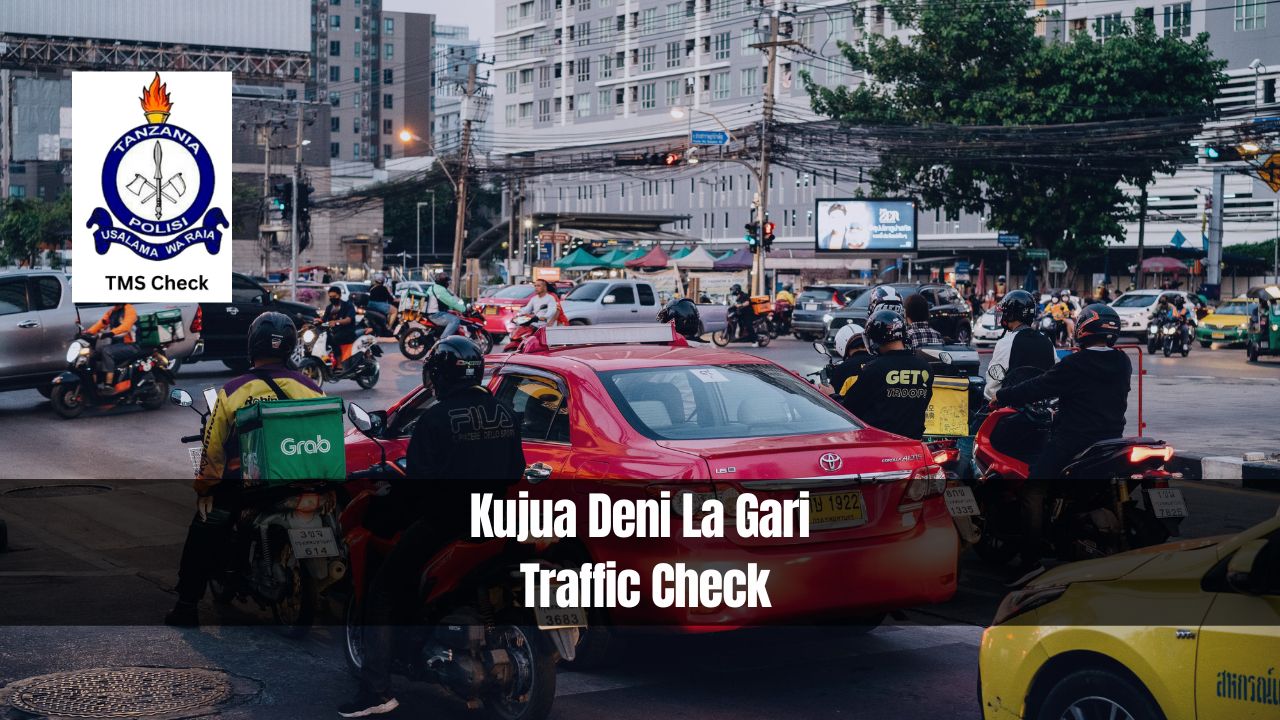
 TMS Police10 months ago
TMS Police10 months ago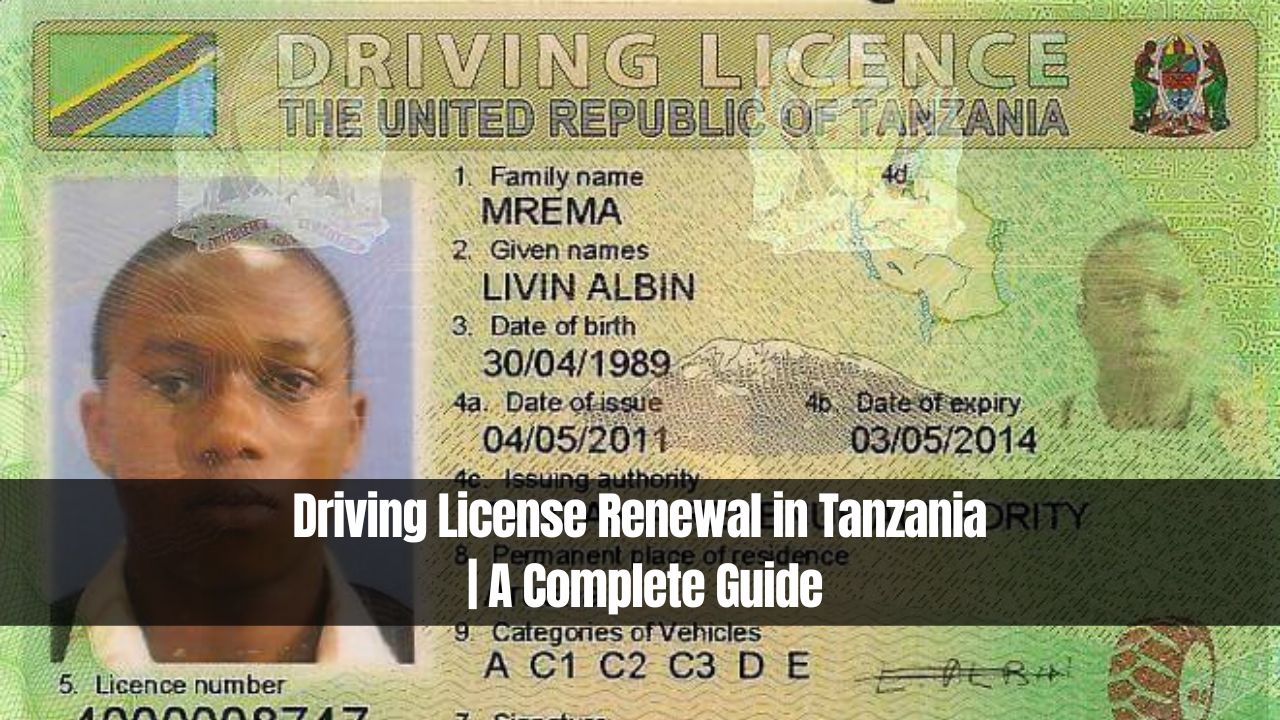
 Driving Licences10 months ago
Driving Licences10 months ago
 Driving Licences10 months ago
Driving Licences10 months ago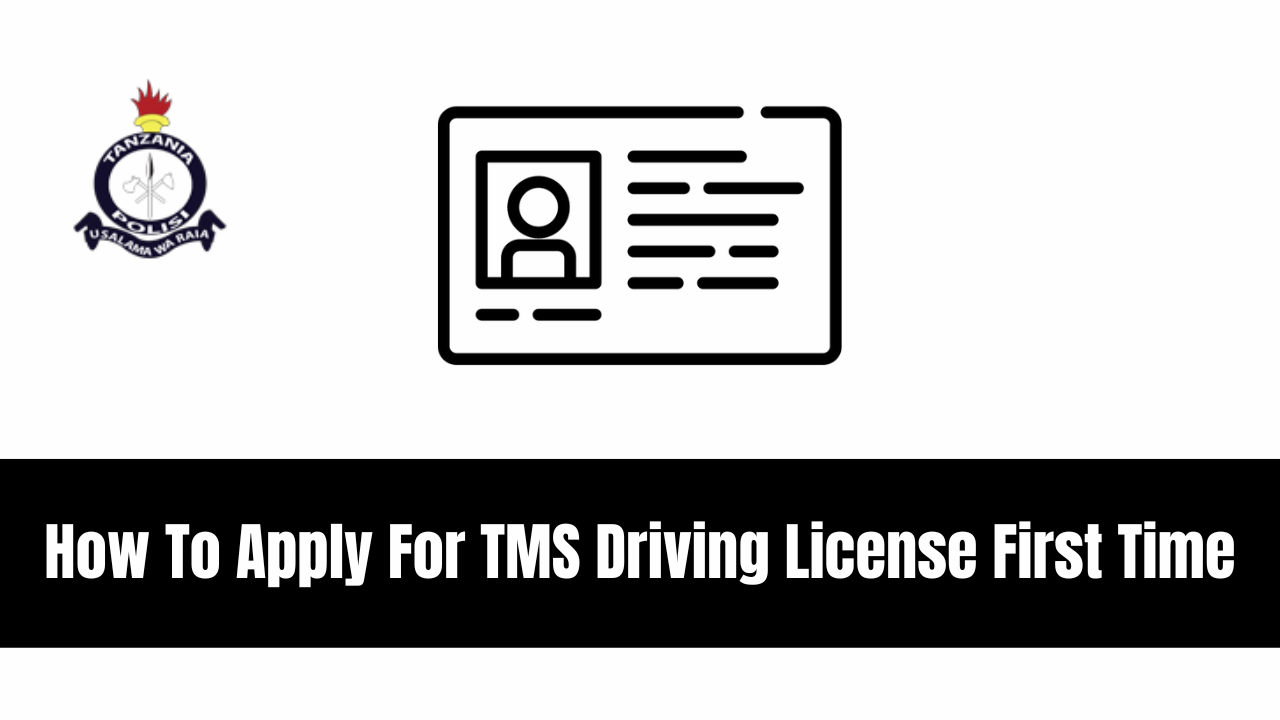
 Driving Licences10 months ago
Driving Licences10 months ago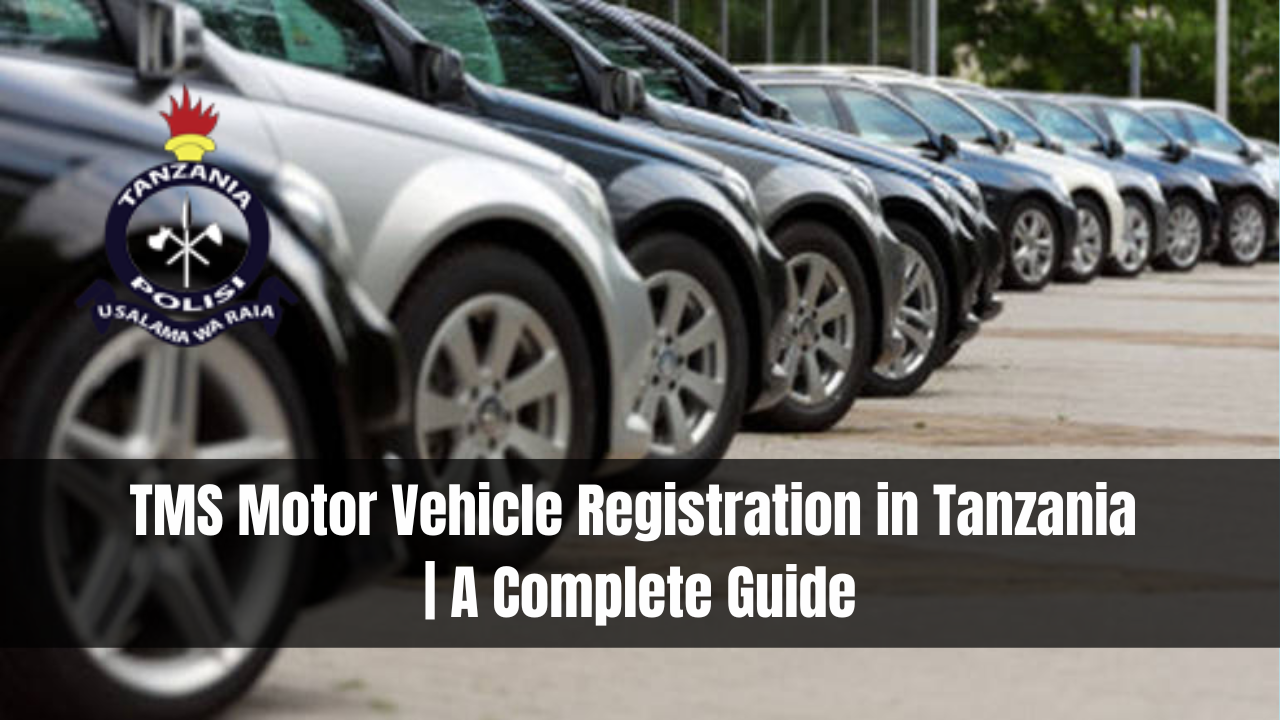
 Motor Vehicle10 months ago
Motor Vehicle10 months ago
 Job5 months ago
Job5 months ago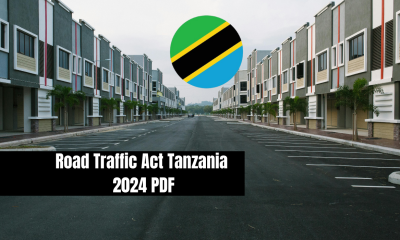
 Blog5 months ago
Blog5 months ago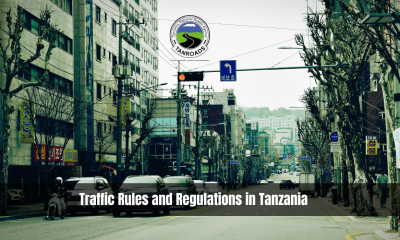
 Rules5 months ago
Rules5 months ago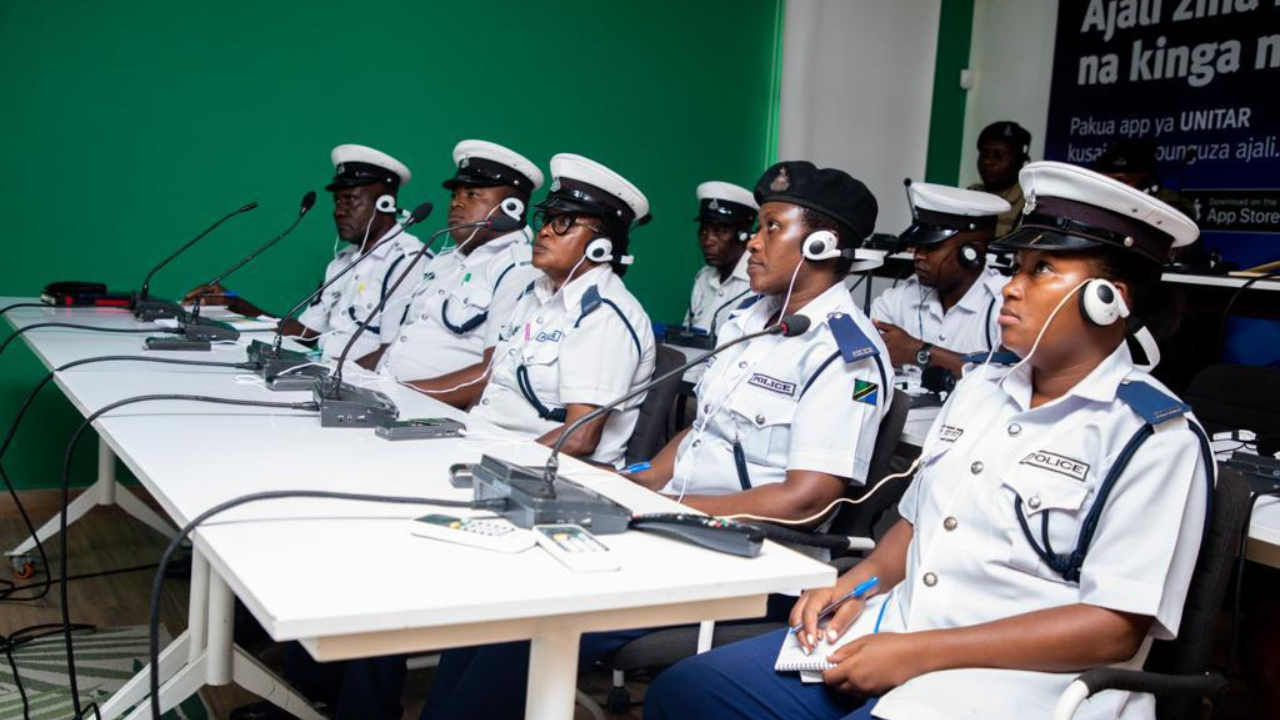
 TMS Police10 months ago
TMS Police10 months ago
 SASSA5 months ago
SASSA5 months ago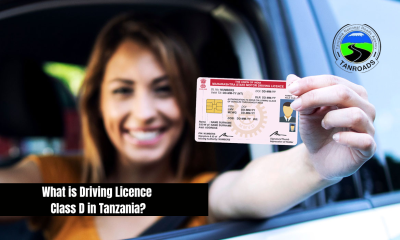
 Driving Licences5 months ago
Driving Licences5 months ago
 TAX Aid5 months ago
TAX Aid5 months ago
